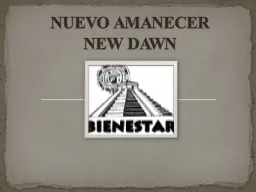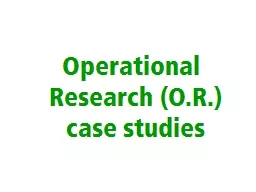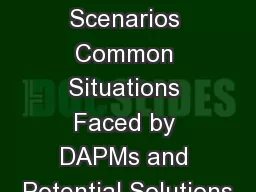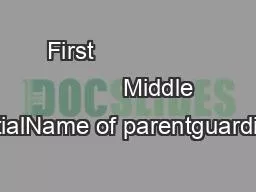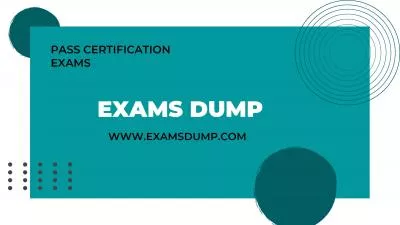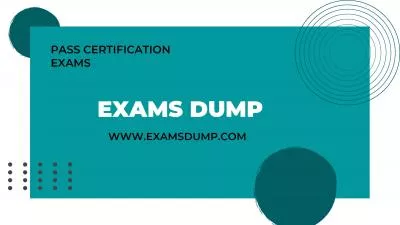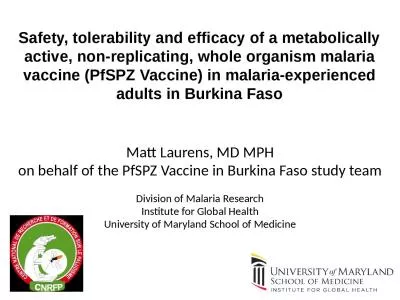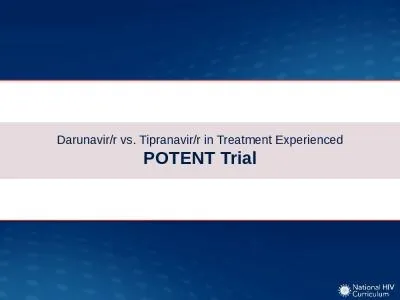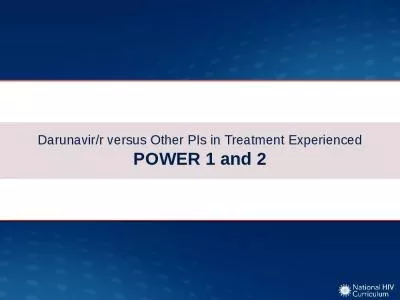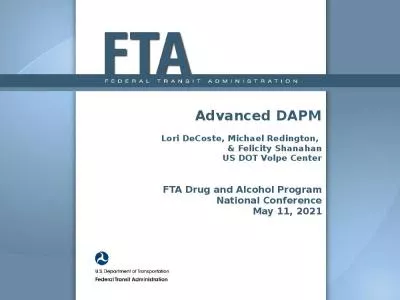PPT-Experienced DAPM Training
Author : lois-ondreau | Published Date : 2019-12-17
Experienced DAPM Training 12 th Annual FTA Drug and Alcohol Program National Conference April 2017 Trainers Mike Redington michaelredingtondotgov 6174942197 Felicity
Presentation Embed Code
Download Presentation
Download Presentation The PPT/PDF document "Experienced DAPM Training" is the property of its rightful owner. Permission is granted to download and print the materials on this website for personal, non-commercial use only, and to display it on your personal computer provided you do not modify the materials and that you retain all copyright notices contained in the materials. By downloading content from our website, you accept the terms of this agreement.
Experienced DAPM Training: Transcript
Download Rules Of Document
"Experienced DAPM Training"The content belongs to its owner. You may download and print it for personal use, without modification, and keep all copyright notices. By downloading, you agree to these terms.
Related Documents


